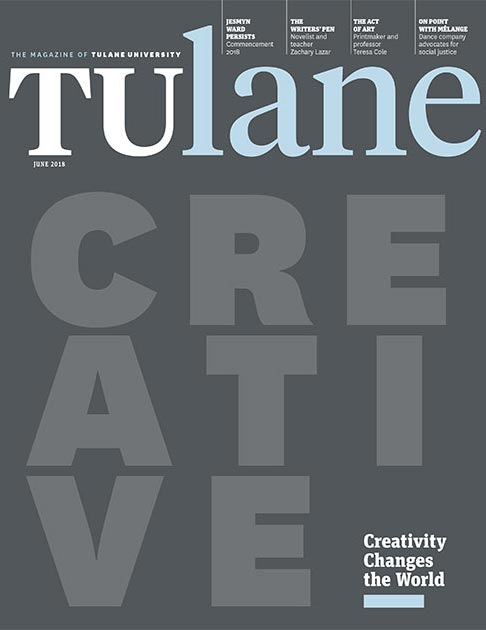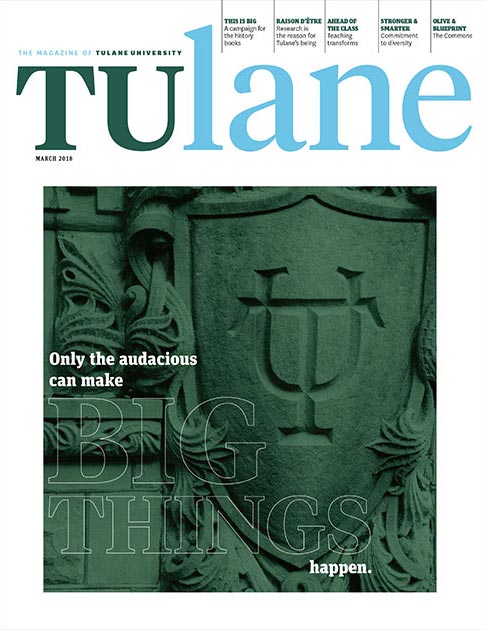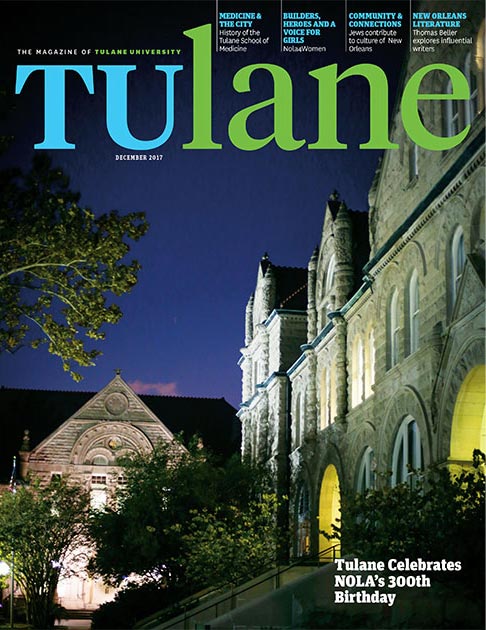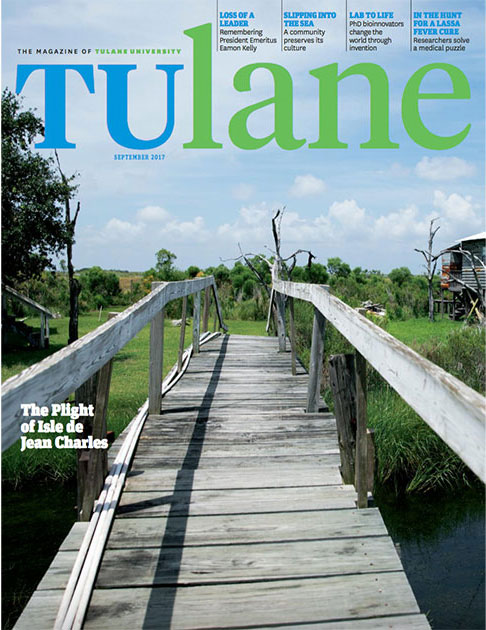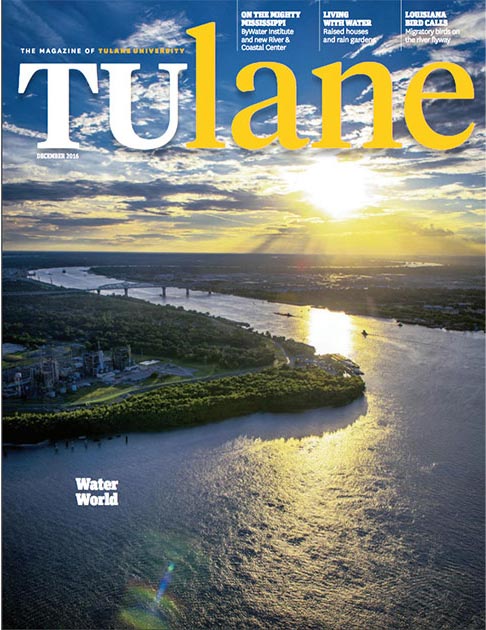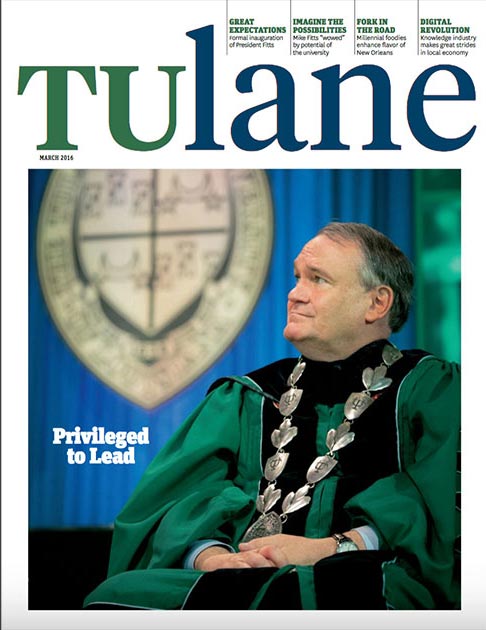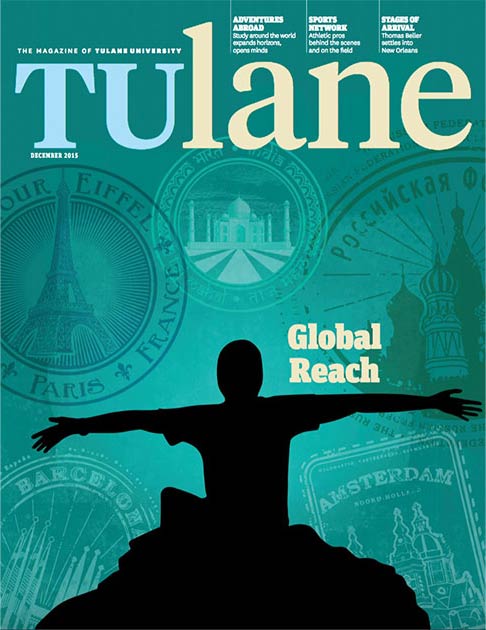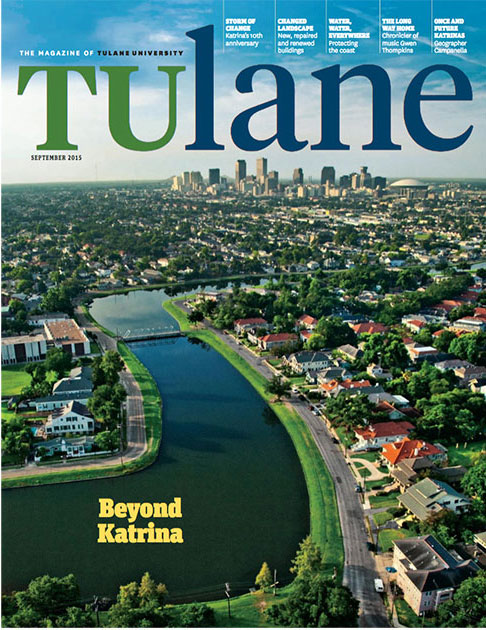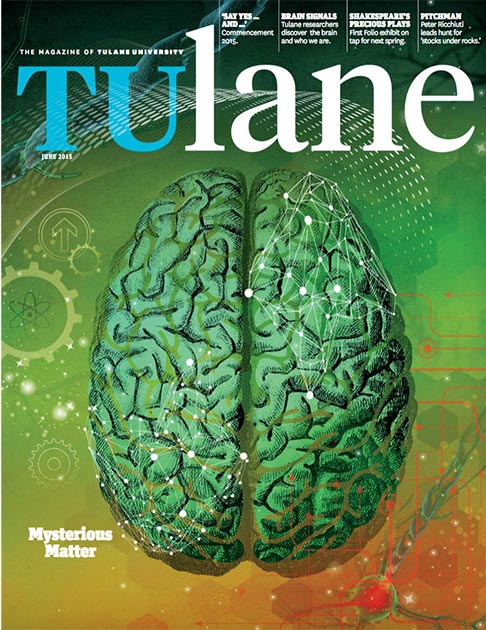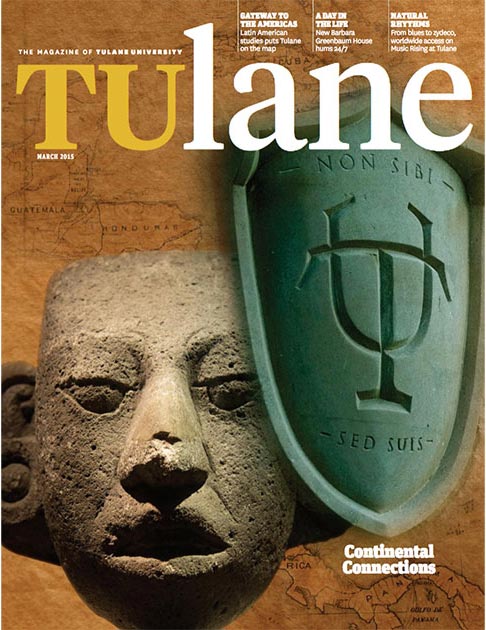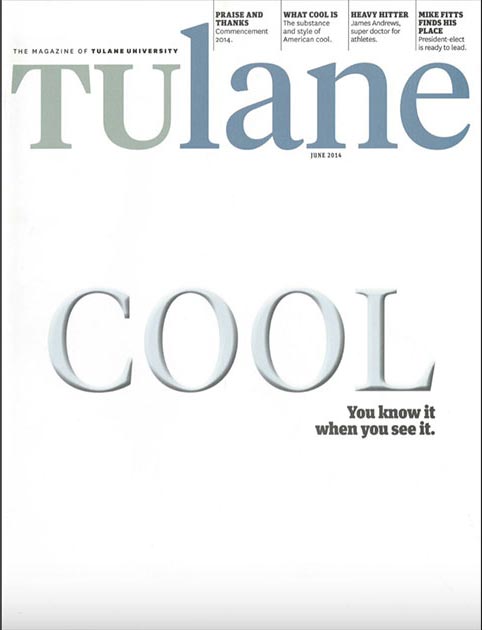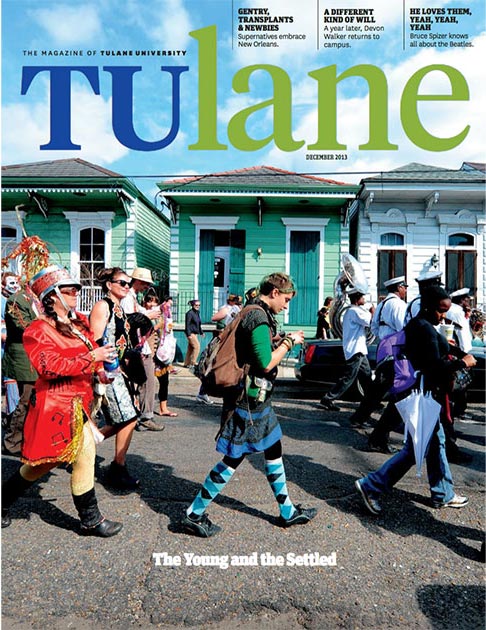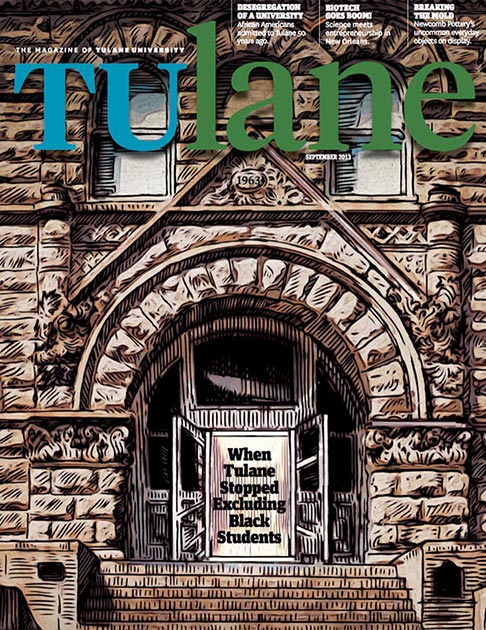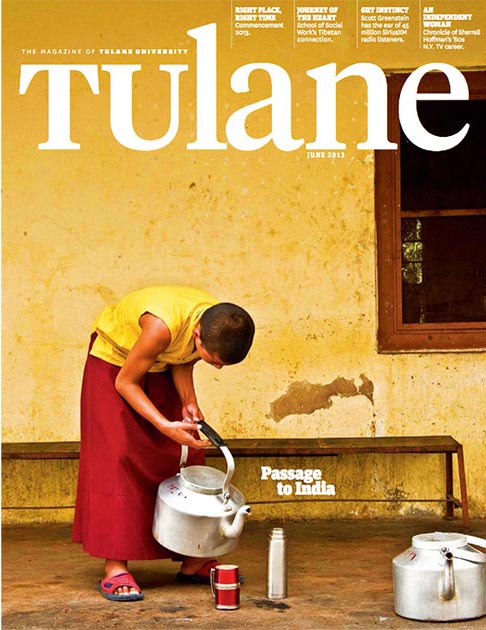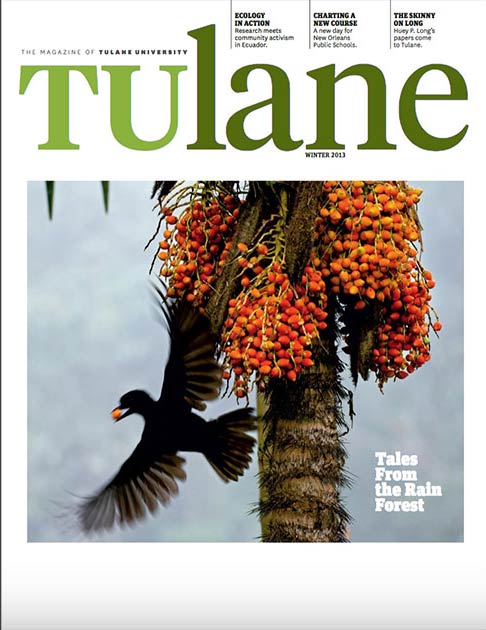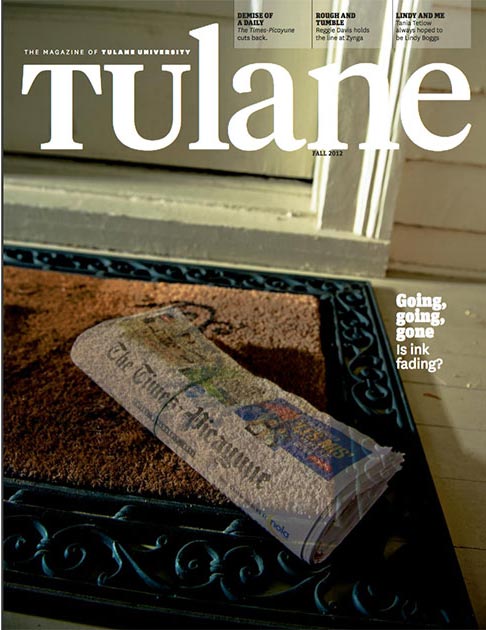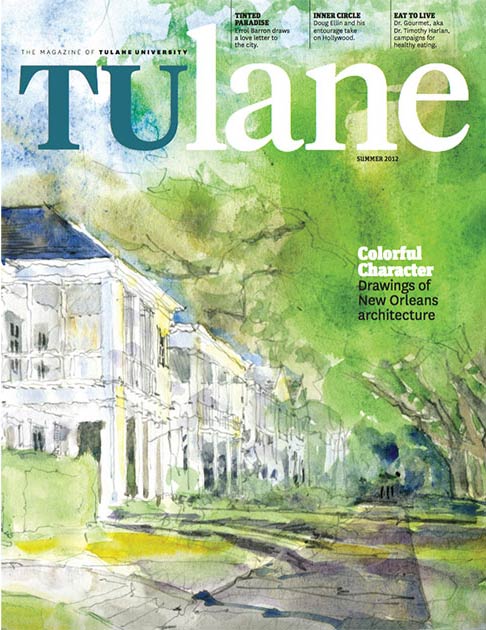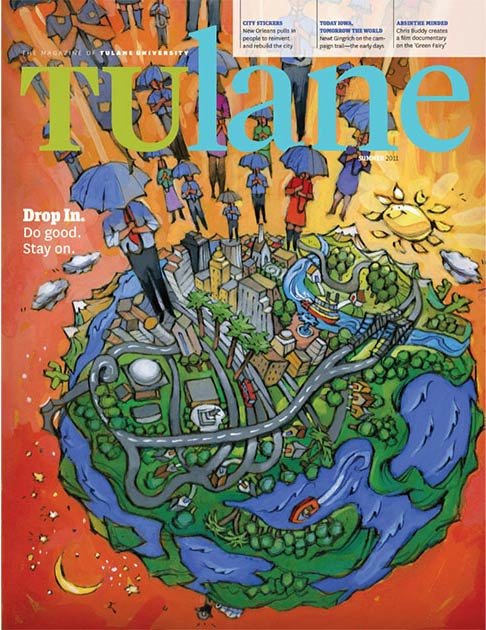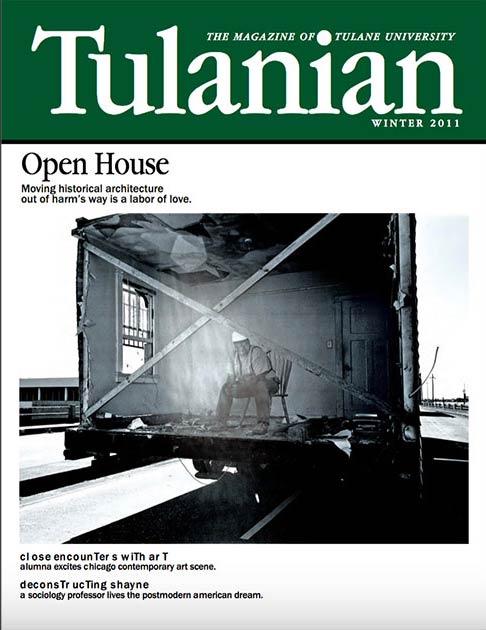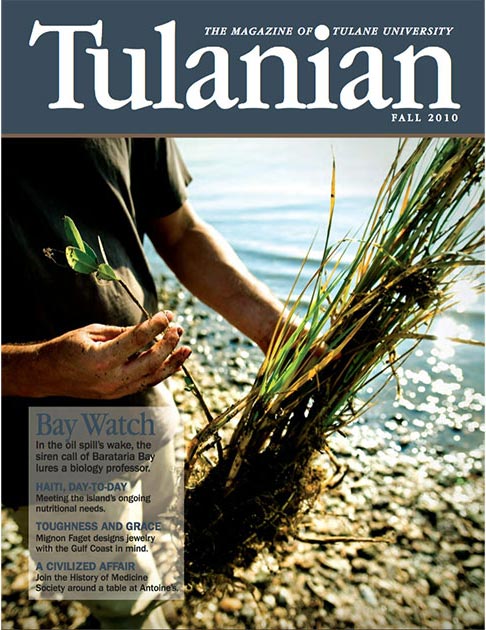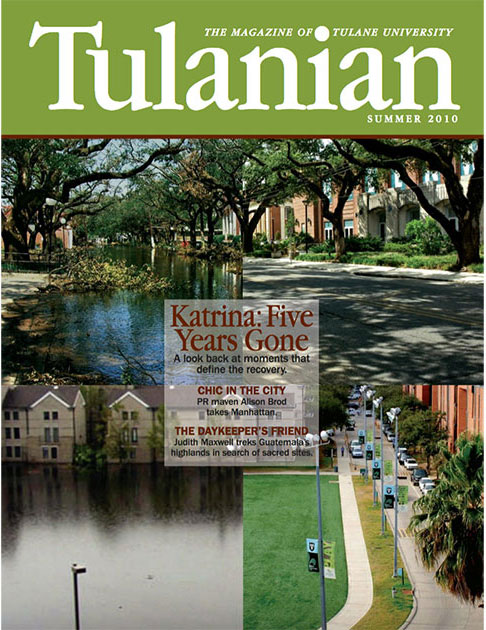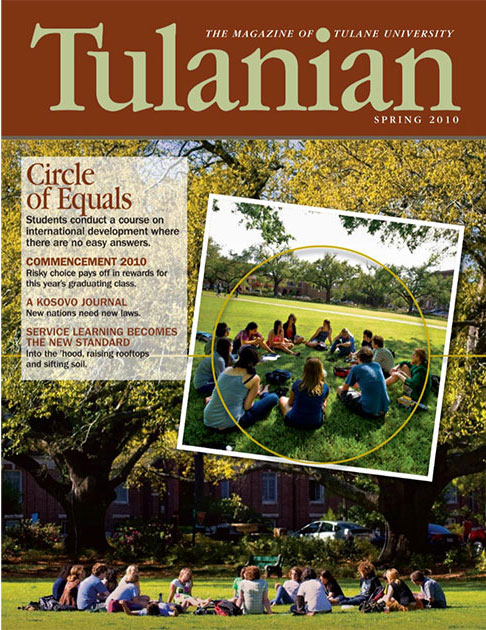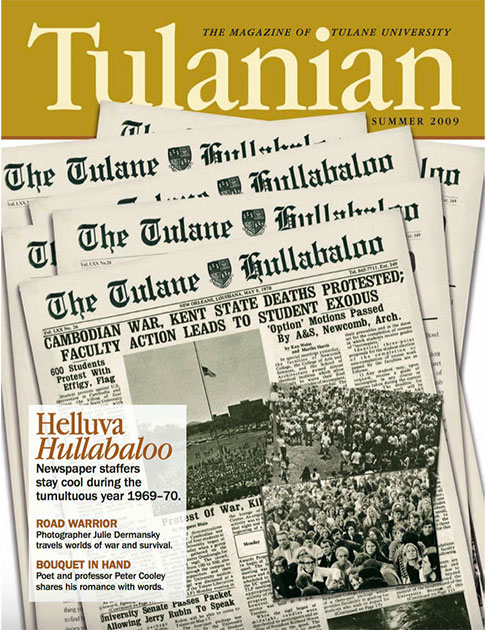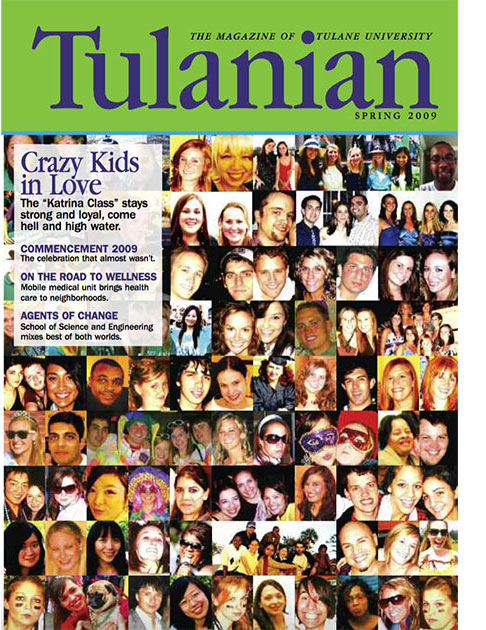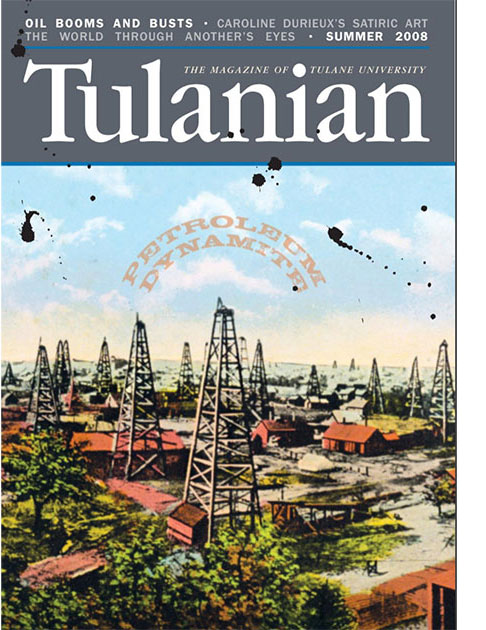Topic: anthropology
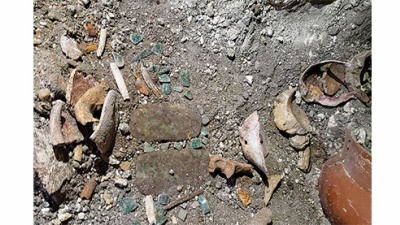
Maya King’s Tomb Reveals Rare Treasures
An ancient Maya tomb dating back 1,700 years has been discovered by a Tulane archaeologist at the site of Chochkitam in Guatemala.
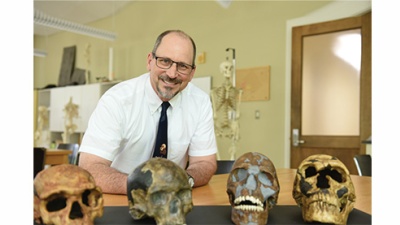
Cro-Magnons ‘Like You and Me’
Trenton Holliday, professor of anthropology in the School of Liberal Arts, thinks human evolution is cool and hopes you think so, too.

Impresario of ‘American Routes’
Nick Spitzer, professor of anthropology, celebrates 25 years as producer and host of the public radio program “American Routes.” Broadcasting from a studio on the Tulane uptown campus, Spitzer continues to be grateful to “meet and converse” with vernacular musical artists as he brings their stories to a million listeners weekly.
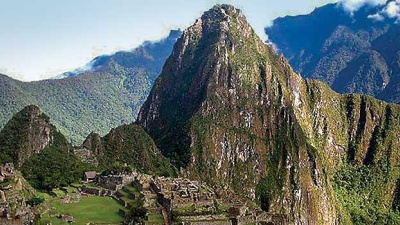
Machu Picchu
Machu Picchu, the most famous landmark of Inca civilization, was believed to be built around A.D. 1438. A new study, co-authored by Jason Nesbitt, associate professor of anthropology at the School of Liberal Arts, suggests the citadel may have been built some two decades earlier. Nesbitt, along with researchers from Yale and the University of California–Santa Cruz used accelerator mass spectrometry (AMS) — an advanced form of radiocarbon dating — to determine the age of human remains recovered during the early 20th century at the site. https://tulane.it/machu-picchu
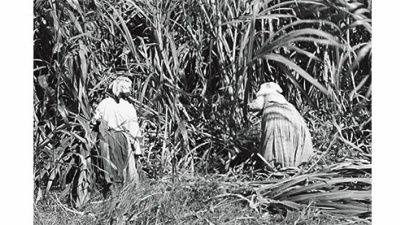
Earth Beneath Dump Site Offers Clues to Racial Massacre
From Somaliland to El Salvador, Peru to Guatemala, Davette Gadison has brought her passion for justice to her studies in forensic anthropology—drawn to mass gravesites in countries torn apart by civil war.
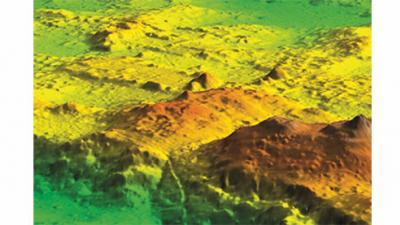
More Secrets of Maya History Revealed with Discovery of Altar
Northern Guatemala has proven to be fertile ground for archaeologists, and Tulane University researchers Marcello Canuto and Francisco Estrada-Belli have been among them, making some of the most eye-popping and remarkable discoveries the world has ever seen.

Excavation in Peru
Professor of Anthropology John Verano’s excavation of the site of a 500-year-old mass child sacrifice that took place on the northern coast of Peru is featured in the February National Geographic magazine. The article, “An Unthinkable Sacrifice,” provides details about the findings, including how some of the children were killed, how they were buried and the growing number of skeletons recovered from ongoing excavations.http://tulane.it/excavation-in-peru

